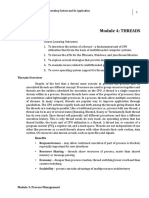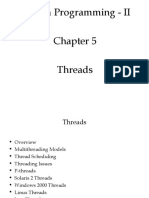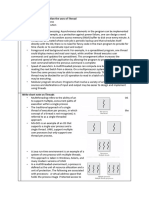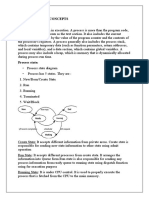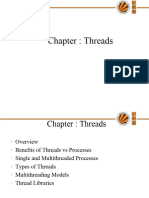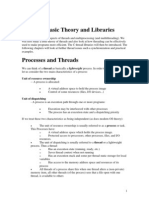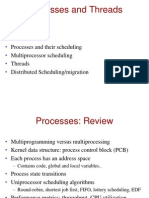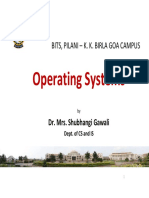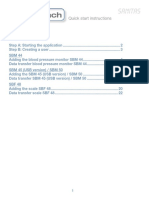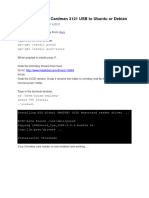0% found this document useful (0 votes)
39 views29 pagesLecture06 Threads
The document discusses threads and how they relate to processes. It defines threads as units of execution within a process that allow a process to have multiple simultaneous execution paths. Threads share the same memory as the process but have their own stack and register context. The document compares threads to processes and discusses advantages of multithreading like improved efficiency. It also covers thread states, operations like creation and blocking, and different models for implementing threads at the user and kernel level.
Uploaded by
DanielCopyright
© © All Rights Reserved
We take content rights seriously. If you suspect this is your content, claim it here.
Available Formats
Download as PDF, TXT or read online on Scribd
0% found this document useful (0 votes)
39 views29 pagesLecture06 Threads
The document discusses threads and how they relate to processes. It defines threads as units of execution within a process that allow a process to have multiple simultaneous execution paths. Threads share the same memory as the process but have their own stack and register context. The document compares threads to processes and discusses advantages of multithreading like improved efficiency. It also covers thread states, operations like creation and blocking, and different models for implementing threads at the user and kernel level.
Uploaded by
DanielCopyright
© © All Rights Reserved
We take content rights seriously. If you suspect this is your content, claim it here.
Available Formats
Download as PDF, TXT or read online on Scribd
/ 29


